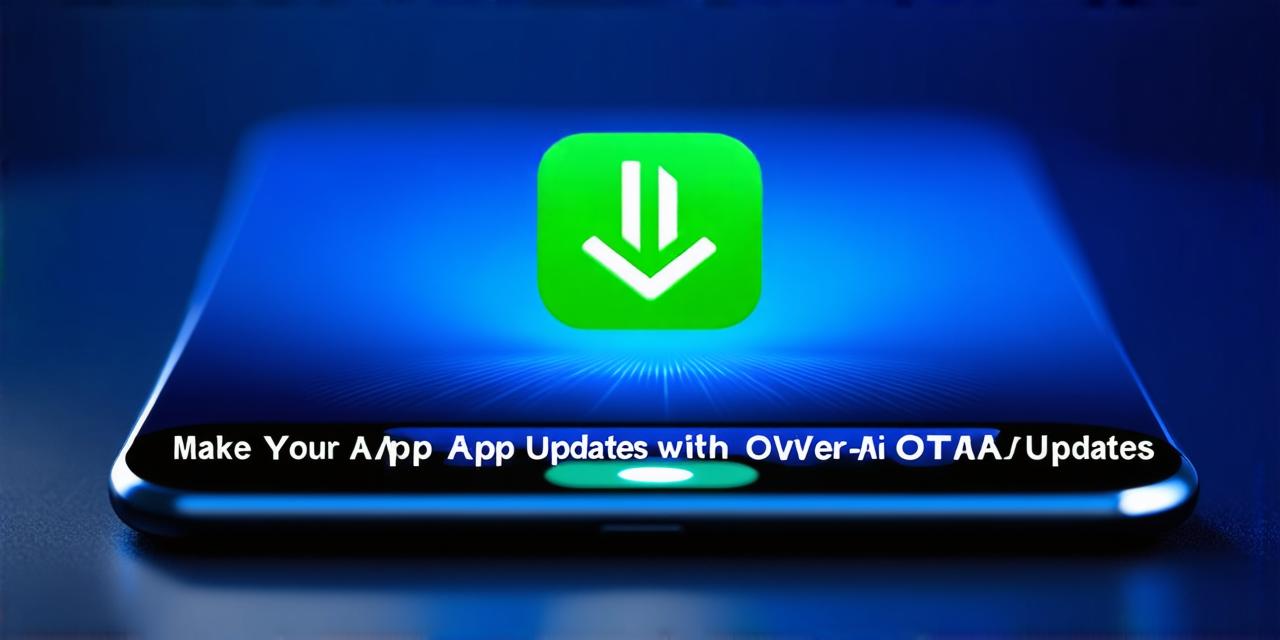Understanding the Factors Affecting Update Speed
Before we dive into the solutions, it’s important to understand the factors that affect update speed. These include:
- Internet connection speed
- Device storage space
- App size and complexity
- Update type (minor or major)
Tip 1: Optimize Your App Size
One of the main reasons why iOS updates can take a long time is because they have to download and install a large amount of data. To make updates faster, it’s important to optimize the size of your app. Here are some ways to do this:
- Remove unnecessary assets and files from your app’s bundle. This could include images, videos, and other media that aren’t essential to the functionality of your app.
- Use a code compression tool like Huffman coding to reduce the size of your app’s binary files.
- Minify your code to remove unnecessary whitespace and comments.
- Optimize your images and other assets using tools like ImageOptim or TinyPNG.
Tip 2: Use a Content Delivery Network (CDN)
A CDN is a network of servers that distribute content across the globe. By using a CDN, you can ensure that your app’s resources are served from a server that is closest to the user, which can significantly reduce download and upload times. Some popular CDNs include Akamai, Amazon CloudFront, and Cloudflare.
Tip 3: Use OTA Updates
Over-the-air (OTA) updates allow you to update your app directly on the user’s device without requiring them to go through the App Store or iTunes. This can be a faster and more efficient way to update your app, as users don’t have to wait for an app store review or download the latest version of iOS. However, OTA updates do require more work on your part, as you need to implement the necessary code and infrastructure to handle the updates.
Tip 4: Test Updates in Advance
Before releasing a major update to your app, it’s important to test it thoroughly to ensure that it doesn’t cause any issues or slow down performance. This can help you identify and fix any problems before the update is released, which can save time and improve the user experience. You can use tools like TestFlight or Crashlytics to monitor app performance and gather feedback from beta testers.
Tip 5: Monitor Update Progress
When an update is in progress, it’s important to monitor its progress so that you can identify any issues or delays. You can use tools like iTunes Connect or App Store Connect to track update progress and receive notifications when updates are complete. This can help you ensure that your app is up-to-date and that users don’t have to wait too long for updates.
Tip 6: Provide Clear Instructions
When an update is available, it’s important to provide clear instructions to your users on how to install the update. This can help reduce confusion and ensure that users are able to download and install the update quickly and efficiently. You can include instructions in your app’s settings or in a push notification.
Tip 7: Optimize Your Internet Connection

Finally, one of the most important factors affecting update speed is your internet connection. If you have a slow or unreliable internet connection, updates may take longer to download and install.
